We may better comprehend post-World War II American modernism by looking at the contemporary, technologically advanced architectural style known as “Googie.” Many consider this period to be the “heyday” of futuristic design. The architectural design was based on overestimating plastic, neon, steel, dramatic angles, and a futuristic attitude toward technology.
It is influenced by visions of rocketships and Space Age aspirations. Googie appeared in the New York World’s Fair in 1964, on the Space Needle in Seattle, in Disneyland’s Tomorrowland’s mid-century architecture, in Arthur Radebaugh’s post-World War II graphics, and many cafés and hotels all over the country.
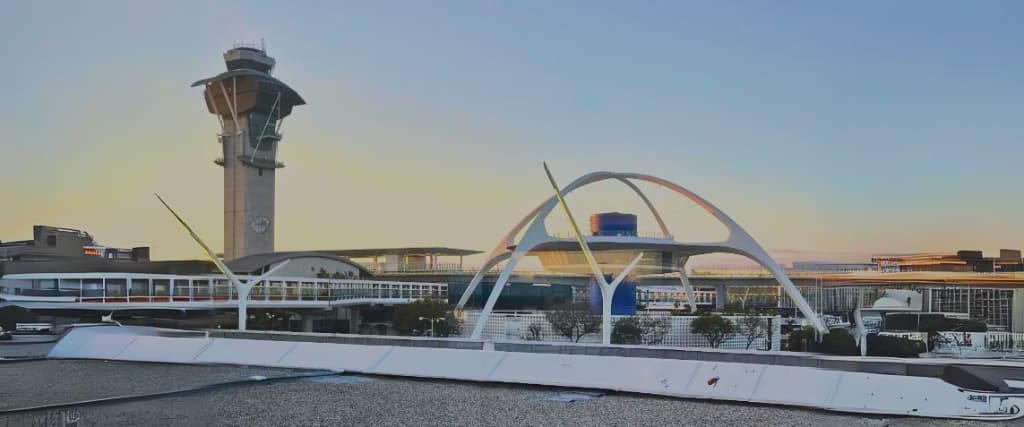
Googie is an intriguing and humorous term that seems to make a few syllable repetitions on the lips before falling out of the mouth. It originated in Southern California and was named after a West Hollywood coffee shop created by John Lautner, a Frank Lloyd Wright student. Ironically, the word was virtually used as a negative one from the beginning.
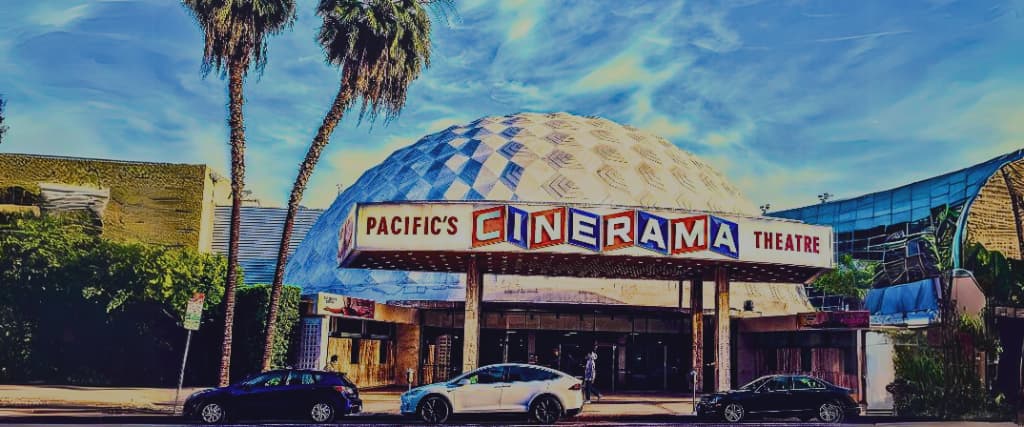
While at the coffee shop, architectural reviewer Haskell gave the architectural style that was thriving in the postwar period the nickname “Googie” to characterise the architectural trend. Fortunately, he wasn’t a lover of Googie and penned a harsh (by the standards of architectural critics) mockery of the trend in the February 1952 edition of House and Home magazine. The New York author penned a portion of his piece titled “Googie Architecture” from the perspective of a made-up Professor Thrugg, whose extravagant adulation was a criticism of Googie’s attraction to the general public.
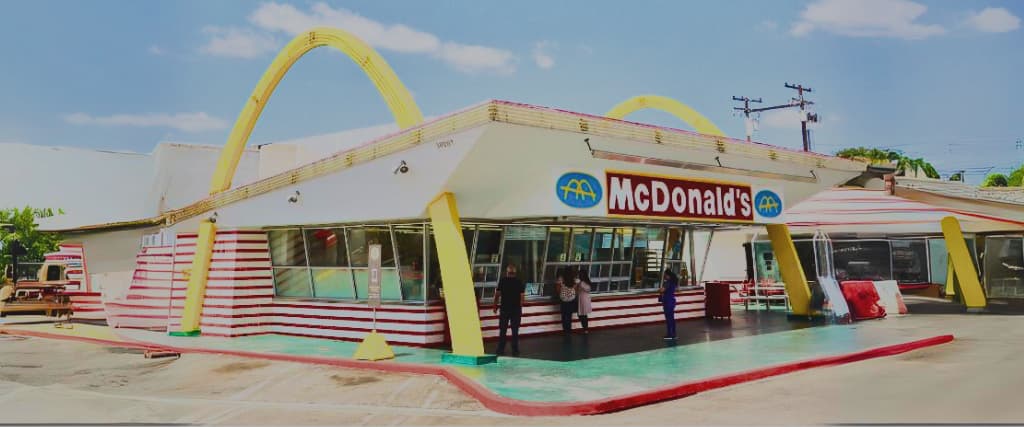
Haskell supported modernism, but his views on style and sophistication limited the modernity he could support. Haskell detested Hollywood embellishments and thought they were tacky—exactly where his contempt for Googie came from. Arguably, no one has examined Googie and its connection to 20th-century utopianism more thoroughly than Alan Hess, an architect, researcher, and writer of Googie: Fifties Coffee Shop Architecture and Googie Redux: Ultramodern Roadside Architecture.
“Googie” began as a distinct style after World War II, exploded in popularity, and flourished for around 25 years. Unquestionably, the term represents the ultra-aesthetic of the 1950s and 1960s American retro-futurism, a period in which the country was wealthy and prepared to fulfil the technical potential projected during World War II.
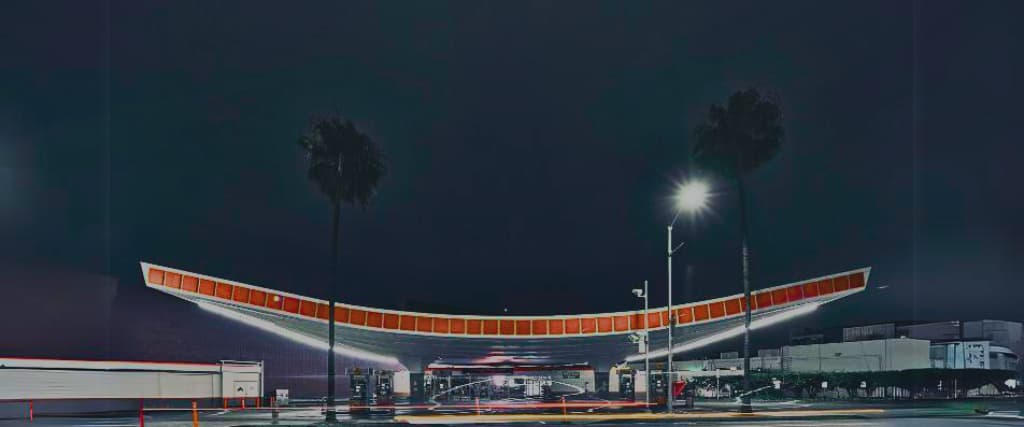
The style wasn’t tailored for the affluent. It was created to attract middle-class Americans, including coffee shops, car washes, etc. Ordinary construction is used regularly.
Hess maintains that Googie was more than just a forecast of what would come to pass. Movies and novels focus on the future with tremendous hope. Following World War II, many expectations were realised, not only in the structures but also in the vehicles the citizens were driving.
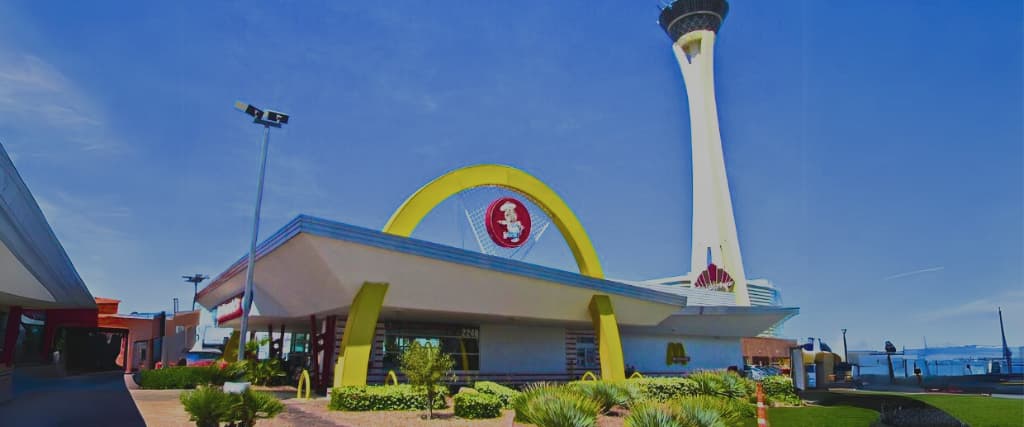
Today, you can also see the enthusiasm for these future concepts in the Jetsons cartoons, theme parks like Tomorrowland at Disneyland, publications like commercials and newspapers, and even movies. Therefore, this fascination with the future and its allure spread throughout civilisation.
Like the billboard scene in this region, Googie was founded in southern California and credits part of its success to driving a vehicle, making it impossible to see a lot of advertisements. That is to say, companies want your focus, so they need to stick out by being more extensive and more bizarre.
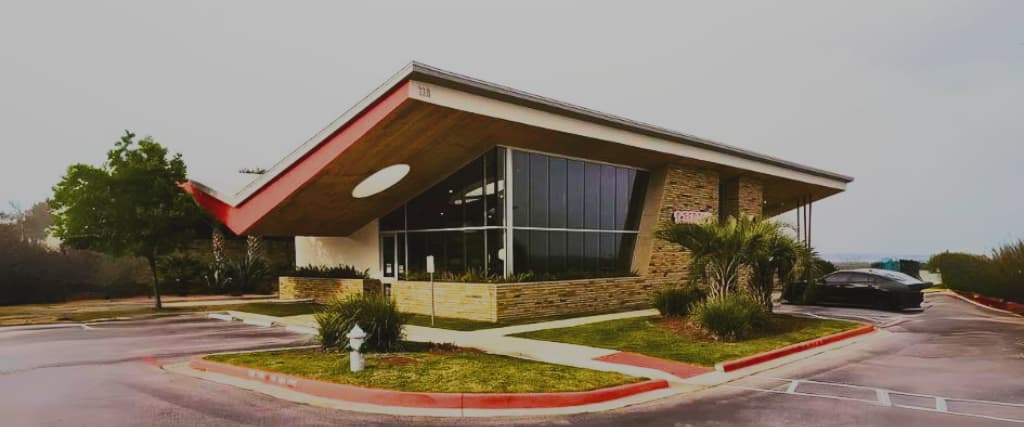
The lax nature of California’s highways, as noted by Philip Langdon in his 1986 work Orange Roofs, Golden Arches: The Architecture of American Chain Restaurants, led to the development of Googie. On the adventurous passion of postwar Los Angeles, Hess said that it originated from Southern California; however, it was a regional phenomenon.
The architectural style was seen in Florida, New Jersey, Michigan, and Texas. Los Angeles has a history of pioneering contemporary design; it was one of the quickest developing cities. In Los Angeles, the roots were deep. Since Googie, Hanna-Barbera borrowed the aesthetic rather than exaggerated it in The Jetsons (1962–1963).
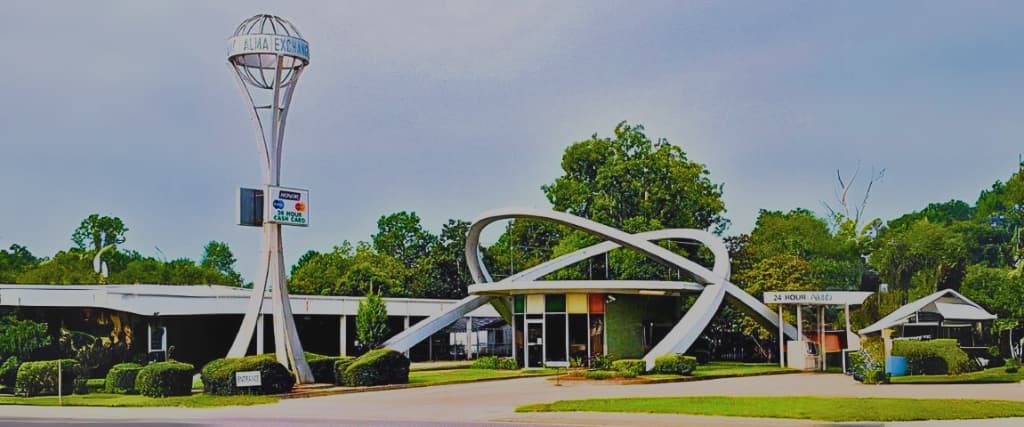
It’s virtually impossible to spoof Googie at its most extravagant and ridiculous. The Jetsons’ creators undoubtedly drew inspiration from Southern California’s stylish environment. To be motivated by the Los Angeles Googie, the illustrators and programmers creating The Jetsons didn’t have to travel very far.
Buildings around Los Angeles shouted “Googie” in the 1950s and 1960s, including the Hanna-Barbera Studio in Hollywood at 3400 Cahuenga Boulevard (currently the location of a LA Fitness). The Googie-tastic Theme Building, highlighted in Life magazine’s special edition on the mid-century obsession with California, was at the Los Angeles International Airport and is still there today. Ship’s Coffee Shop officially started operating in 1958 at 10877 Wilshire Boulevard.
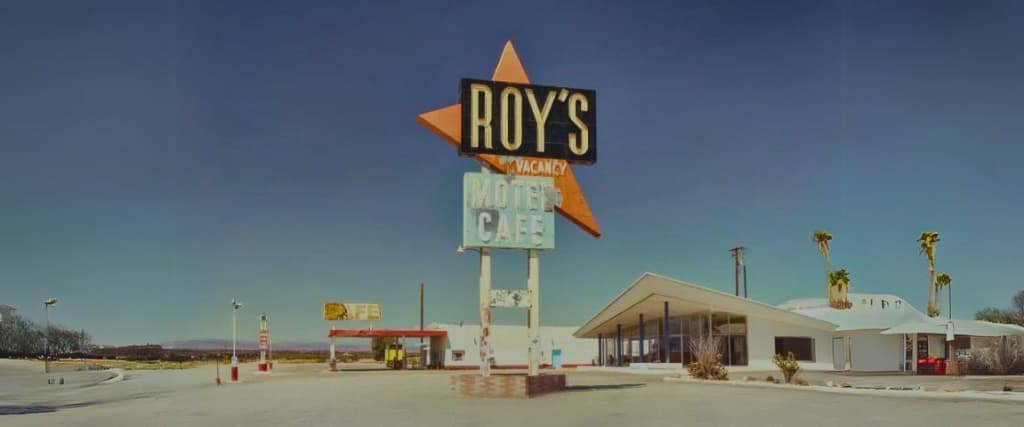
6710 La Tijera Boulevard is the address for Pann’s. You could visit the 1957-opened Monsanto House while visiting Hanna-Barbera, which was not far from Anaheim. Besides, there was also Disneyland’s early 1960s Tomorrowland, updated for the Space Age.
Southern California residents thought the revolution was at the door and served as a sign of bigger things in the future. The architectural culture changed by 1970 as everything novel and thrilling in the 1950s became commonplace. The fascination with technology had faded.
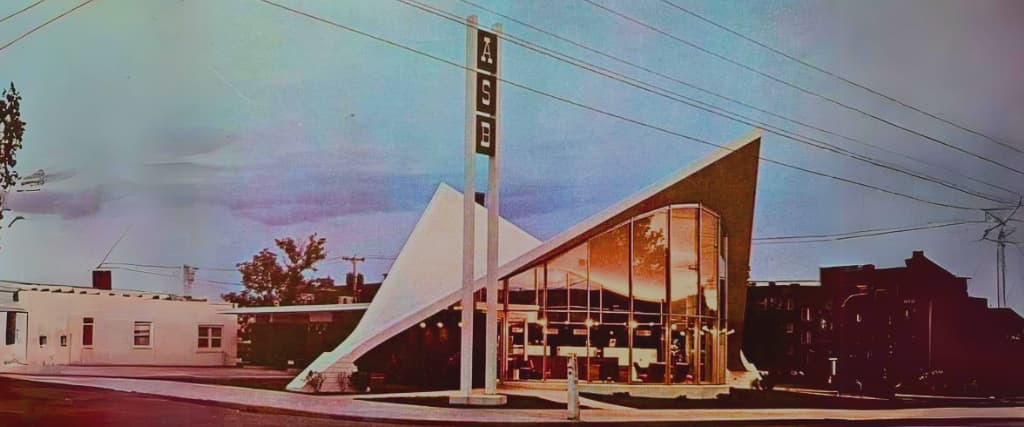
Additionally, new concepts started to emerge, particularly the ecological concept, which started to assert that there are limitations to how many resources humans can utilise. In addition, a trend has emerged for traditional domestic architecture that is of a lesser scale. The modification of the McDonald’s template best illustrates this shift in significant cultural preferences. The original design debuted in 1953 and was purely Googie: neon, large arches, vivid colours, high sheen, and brilliant, polished surfaces.
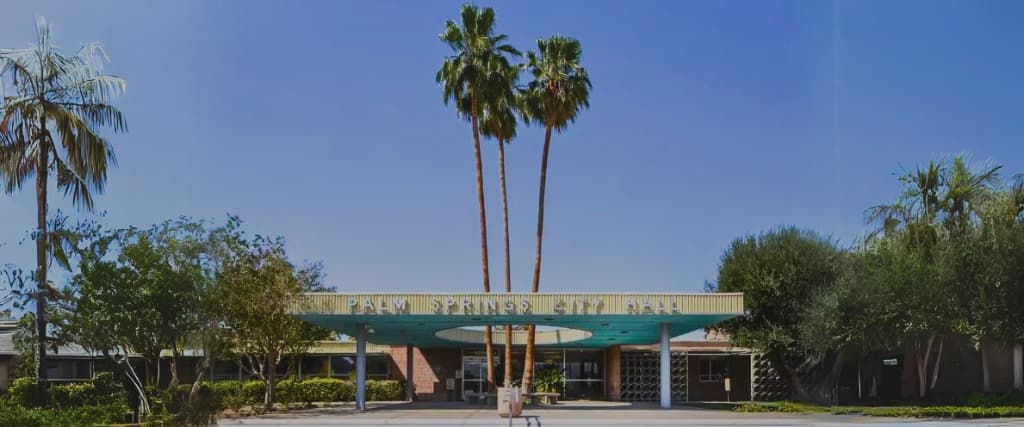
However, in the 1960s, “McDonald’s developed a new design that employed a mansard roof and brick for walls—a highly conventional style.” It did attract McDonald’s consumers during this particular period. These are a few factors that contributed to the ultimate decline of Googie as a fashion trend. However, in the past 20 years, it has made an incredible return.
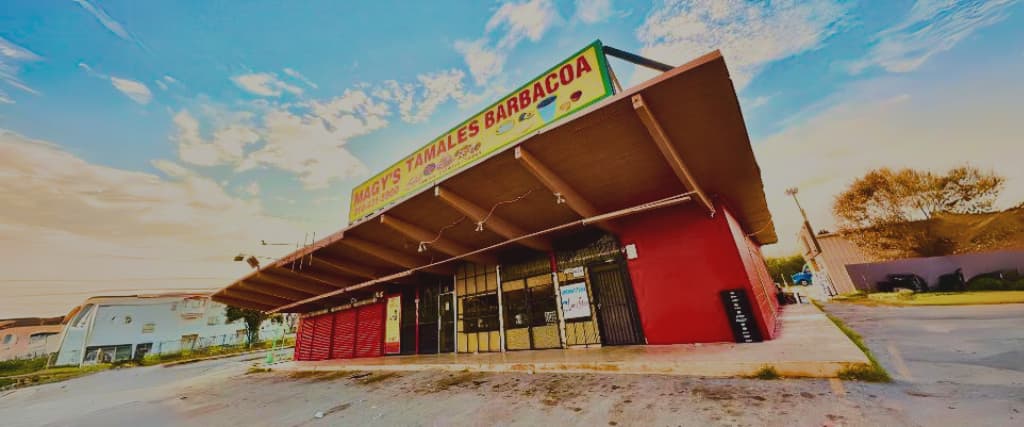
There are several names for the Googie style. Some people refer to it as contemporary architecture, and it’s sometimes referred to as Populuxe. The phrase that its most famous critic used to describe it appears appropriate. Undoubtedly, the bright future is in Googie.
In light of this, let’s all give respect to believers and sceptics; Lautner, Haskell, and all the eccentrics who fought for their interpretation of the American landscape in the middle of the 20th century. These wonderful, contradictory future dreams or visions that never were are lovely and weird.
